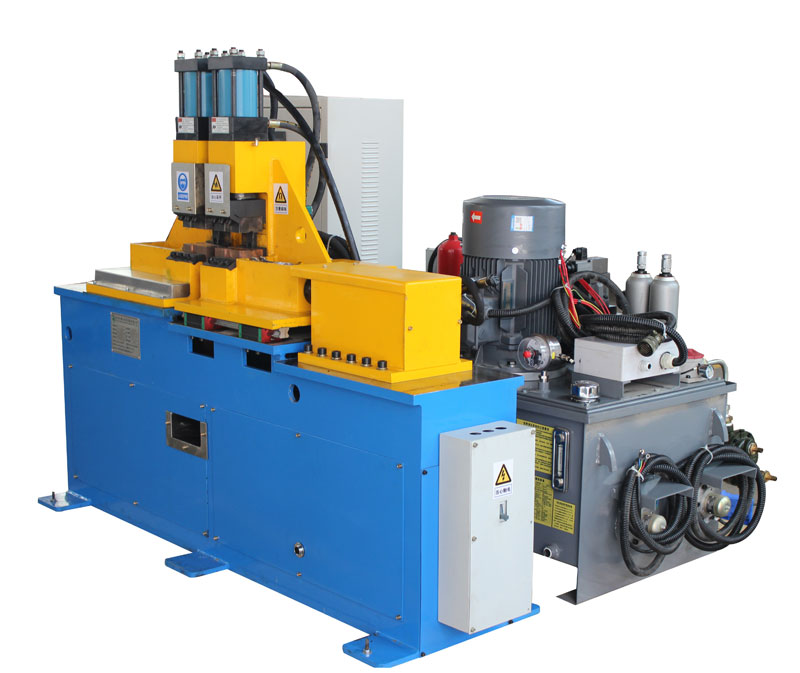Standard Operating Parameters for Butt Welding Machines
Operating parameters play a critical role in achieving precise and reliable welds in butt welding machines. Adhering to standardized operating parameters is essential for welders and professionals to ensure consistency, quality, and safety during welding operations. This article explores the significance of following specified operating parameters and outlines their key aspects in butt welding machines.
Standard Operating Parameters for Butt Welding Machines:
- Welding Current: The welding current is a crucial parameter that directly influences the amount of heat generated during the welding process. It is vital to set the welding current based on the material thickness, joint configuration, and welding requirements. Proper adjustment of welding current ensures optimal heat input and penetration for robust and high-quality welds.
- Welding Time: The welding time determines the duration of the welding process, affecting the depth of fusion and weld bead formation. Following the specified welding time ensures consistent weld quality and minimizes the risk of overheating or underheating the workpieces.
- Electrode Pressure: The electrode pressure directly impacts the strength and stability of the weld. Maintaining the appropriate electrode pressure ensures proper electrode-to-workpiece contact and facilitates even heat distribution during welding.
- Electrode Size and Type: Selecting the correct electrode size and type is critical for achieving precise and effective spot welds. The choice of electrodes should align with the material being welded and the joint requirements.
- Cooling and Cooling Time: Efficient cooling systems are essential for managing electrode temperature and preventing overheating. Ensuring adequate cooling time between welds allows the electrode to dissipate excess heat and maintain optimal performance.
- Workpiece Material and Thickness: Understanding the workpiece material and thickness is crucial for determining the appropriate welding parameters. Different materials and thicknesses may require adjustments in welding current, time, and pressure to achieve satisfactory weld results.
- Fixture Design and Alignment: Proper fixture design and alignment ensure accurate positioning and fit-up of the workpieces, leading to centered and consistent spot welds. Following fixture specifications guarantees uniform weld quality in mass production.
- Preheating and Post-Heating (If Required): In specific welding applications, preheating or post-heating the workpieces may be necessary to reduce the risk of cracking and improve weld integrity. Following recommended preheating and post-heating procedures ensures optimal welding results.
In conclusion, adhering to standard operating parameters for butt welding machines is essential for achieving precise, reliable, and high-quality welds. Proper adjustment of welding current, welding time, electrode pressure, and cooling systems ensures consistent weld performance and minimizes the risk of weld defects. Following specified operating parameters, considering workpiece material and thickness, and implementing proper fixture design contribute to efficient and safe welding operations. Emphasizing the significance of standard operating parameters supports advancements in welding technology, promoting excellence in metal joining across diverse industrial applications.
